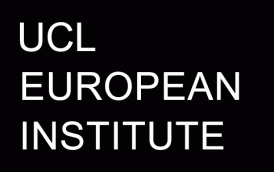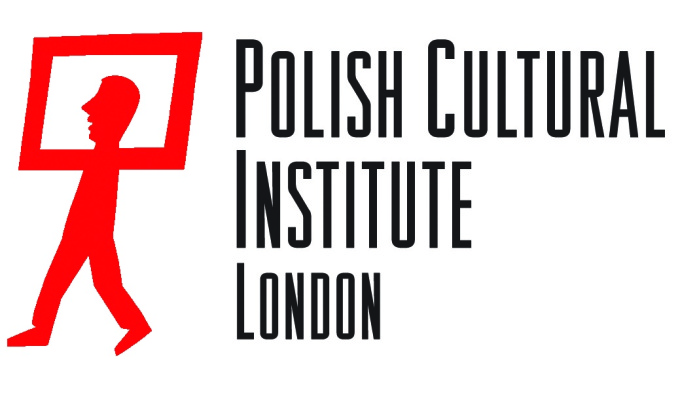on Thursday, the 29th of May Joanna Rajkowska in discussion with Urszula Chowaniec and Tim Beasley-Murray will present her new Project The Light of the Lodge
5-6pm
UCL Roberts G08 Sir David Davies Lecture Theatre, Roberts Building, Malet Place
All are welcome, open free event, no registration needed
The Light of The Lodge
(in London)
Ideas behind the project:
London’s fears and the idea of university.
London is a city of fear. Fear of conflagration, fear of conflict, fear of perceived potential risk to society, community or individuals. And fear of offence or abuse. Risk assessments and certification for everything. Following September 11, new anti-terrorist laws that can be used/abused for anything. The issue of political and social “Health and Safety” is now an irreducible part of London’s identity. It has devastating effects for the public realm: protecting people from themselves, from thinking and from social responsibility. Constant surveillance is just one of its symptoms.
The University, as a community of academics, should be an oasis of freethinking and unconstrained research. Holding up the fire, the visibility of the flames on the roofs of the UCL buildings could be a symbolic response. To say – nothing will stop us from reasoning and comprehending. We are not afraid of freethinking. We are responsible for the intellectual outcome of our research and the consequences of it.
Fire, because of its link with Freemasonry, also offers another line of reading.
Knowledge and understanding are indispensable, but they are not the only way of solving multilayered social problems. We have to acknowledge the incomprehensible needs people have, like their love for obscure rituals, spells or magic.
The origins of the project
The University College London was founded by Prince Augustus Frederick, Duke of Sussex (1773–1843), Grand Master of the United Grand Lodge of England, (1813–1843). He laid the foundation stone of the new university on 30th April 1827. The corner stone reads as follows (translated from Latin):
To God’s favour the greatest and best, eternal architect of the universe may it bring you happiness and good fortune at the beginning of the eighth year of the reign of King George IV of Britain the most highest prince Augustus Frederick Duke of Sussex patron of all the fine arts the oldest order of architecture the highest among the English the foundation stone of the London University between city state [i.e. citizens] and brothers standing around will be placed by his hand to applause.
Day before the day before the Kalends of May
The work of God desired by the most fortunate citizens of this town has begun at last in the year of human greeting 1827 and in the year of light 5827.
In the name of these most illustrious men who are present and with the guidance of Henry Duke of Norfolk, Henry Marquis of Lansdown, Lord John Russell, John, Viscount Dudley and Ward, George, Baron Auckland, the Hon. James Abercrombie and Sir James Macintosh, Alexander Baring, Henry Bougham, Isaac Lyon Goldsmid, George Grote, Zachary Macaulay, Benjamin Shaw, William Tooke, Henry Waymouth, George Birkbeck, Thomas Campbell, Olinthus Gregory, Joseph Hume, James Mill, John Smith, Henry Warburton, John Wishaw, Thomas Wilson, and William Wilkins, architect.
The Freemasons remain a secret society devoted to education, charity and the Enlightenment legacy on one hand and having a clandestine heritage and mysterious symbolic structure on the other. Freemasons continue to have a hidden, pervasive presence in many professions, including education.
The Light of the Lodge, being a project devised to explore the nature of the University as a community of scholars and academics, will try to reveal the dark powers of the institution, albeit in a rather humorous way. What is the other side of the coin of education and enlightenment? How does the university foster the irrational and the obscure? How does it sneak into the daily life of the institution? What is the role of women in it?
Regarding the Freemasons presence, influence and legacy, the project asks about the function of the masonic lodges and their current mission, and whether the ideals of the Enlightenment represented by the masonic movement are still as vivid and progressive as 200 years ago. Furthermore, it asks whether this distinctly European product is able to accompany the continent in its current transformations and set up a direction. If yes – what is this direction?
Project outline:
- Performance: Women with flaming torches on the top of their heads, standing on the top of the plinths in front of the UCL main building
- Performance: Torches installed in front of the façade of the main UCL building
- Performance: Sheet of iron with the text from the foundation stone cut out, positioned over a fire, so that flames go through the letters
- Publication: The Alternative Guide to the UCL – an unorthodox collection of night guards stories about the secret life of the university buildings, interspersed with maps of strange appearances, drawings, bits of unusual research by UCL academics and some of the more extreme biographies of UCL graduates.
- Workshop: a guided tour of the Freemasonry Museum and Library, a visit to the Masonic Lodge in the Andaz Hotel




Recent Comments